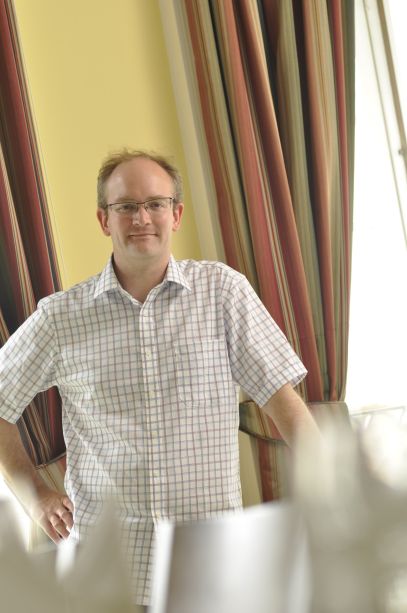
BA, PhD
My first degree was Natural Science (Physics) and my research interests lie broadly in nuclear magnetic resonance (NMR) and its application to in vivo imaging. This phenomenon allows data to be collected non-invasively on both the structure and function of the human brain. We research novel acquisition methods in order to provide contrasts relevant for neuroscience. As a physics group embedded in the Wolfson Brain Imaging Centre (WBIC), the common theme is to translate basic research into relevant tools for a range of neuroscience investigations. The WBIC is a University facility located adjacent to the neuro-critical care ward of Addenbrooke’s hospital, and houses two 3T, one 7T and one PET/MR scanners dedicated to research. It addresses research questions for both single and multi-site studies. Due to its location much of the research programme is dedicated to optimizing the assessment and treatment of acute brain injury patients. For example, I am developing and optimising pulse sequences for inferring the diffusion characteristics in the brain. These provide an invaluable tool for assessing white matter integrity following head trauma, in a way that is not possible using other non-invasive methods. The other area of particular clinical interest to me is the longitudinal assessment of dementia projects. Using MRI it is possible to track the development of dementia over time and characterize its pathology. I also have interests in the use of MRI acquisitions for the investigation of the minimally conscious state, and the neural correlates of addiction and learning, and collaborations with colleagues in psychology and psychiatry in those areas. Of equal importance to the data acquisition is the subsequent processing and analysis of the acquired datasets. My group has various interests ranging from distortion correction to optimal processing strategies for structural data, and newer modelling strategies for data such as AI methods for diagnosis and prognosis.
Jia, K., Zamboni, E., Rua, C., Goncalves, N.R., Kemper, V., Ng, A.K.T., Rodgers, C.T., Williams, G., Goebel, R., Kourtzi, Z. A protocol for ultra-high field laminar fMRI in the human brain (2021) STAR Protocols, 2 (2), art. no. 100415.
Ersche, K.D., Lim, T.V., Murley, A.G., Rua, C., Vaghi, M.M., White, T.L., Williams, G.B., Robbins, T.W. Reduced Glutamate Turnover in the Putamen Is Linked With Automatic Habits in Human Cocaine Addiction (2021) Biological Psychiatry, 89 (10), pp. 970-979.
Olszowy, W., Aston, J., Rua, C., Williams, G.B. Accurate autocorrelation modeling substantially improves fMRI reliability (2019) Nature Communications, 10 (1), art. no. 1220, .
Correia MM, Carpenter TA, Williams GB (2009), “Looking for the optimal DTI acquisition scheme given a maximum scan time: are more b-values a waste of time?” Magn Reson Imaging 27(2):163-75.
Hosey TP, Harding SG, Carpenter TA, Ansorge RE, Williams GB (2008), “Application of a probabilistic double-fibre structure model to diffusion-weighted MR images of the human brain.” Magn Reson Imaging 26(2):236-45.
Newcombe VF, Williams GB, Nortje J, Bradley PG, Harding SG, Smielewski P, Coles JP, Maiya B, Gillard JH, Hutchinson PJ, Pickard JD, Carpenter TA, Menon DK (2007), “Analysis of acute traumatic axonal injury using diffusion tensor imaging.” Br J Neurosurg 21(4):340-8.
Williams GB, Nestor PJ, Hodges JR (2005), “Neural correlates of semantic and behavioural deficits in frontotemporal dementia” NeuroImage 24:1042-1051.
